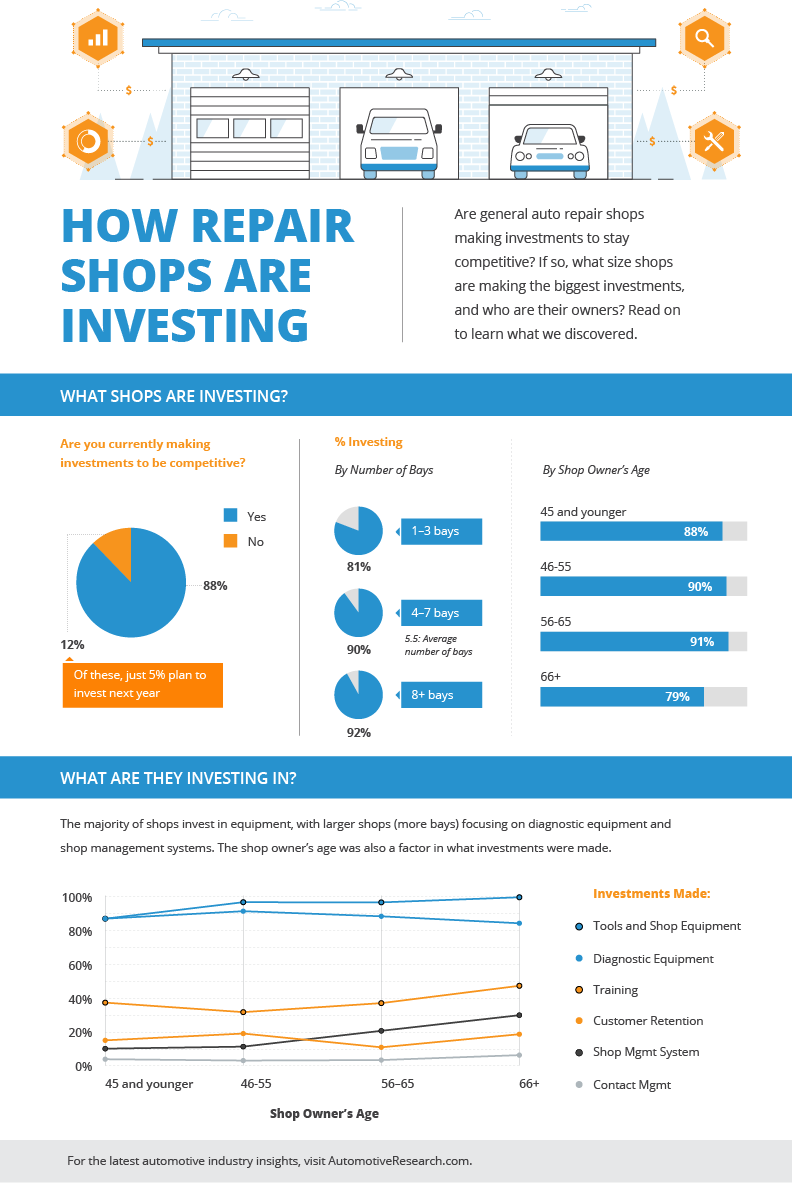Lift The Hood To Expose Typical Brake System Issues And Their Services
Lift The Hood To Expose Typical Brake System Issues And Their Services
Blog Article
Web Content Writer-Overby Murray
When it pertains to your automobile's brake system, comprehending typical concerns can save you from potential safety and security dangers. From recognizing brake pad wear to addressing brake fluid leakages, recognizing just how to tackle these troubles is important. But what regarding those mushy brake pedals? There's a solution for that as well. Keep tuned to learn more regarding these issues and the practical services that can keep you securely on the road.
Brake Pad Use and Replacement
When it comes to preserving your vehicle's brake system, one critical aspect to watch on is the wear and replacement of brake pads. Brake pads are necessary components that push versus the brake rotors to slow down or quit your car. In https://www.cars.com/articles/how-does-the-inventory-shortage-impact-car-maintenance-and-repairs-447383/ , these pads wear down because of friction, requiring routine evaluation and substitute to ensure your brakes operate effectively.
To establish if your brake pads need substitute, pay attention for shrieking or grinding sounds when you use the brakes. Furthermore, if your vehicle takes longer to stop or you observe resonances or pulsations when braking, it may be time to replace the brake pads.
Overlooking used brake pads can bring about lowered stopping efficiency, damage to other brake elements, and even brake failure.
Changing brake pads is a fairly straightforward procedure for numerous automobiles. Nonetheless, if you're uncertain or unpleasant performing this job, it's best to get in touch with an expert auto mechanic to make sure correct installation and ideal brake performance.
Routinely checking and changing brake pads is essential for your safety and security and the durability of your car's braking system.
Brake Fluid Leaks and Upkeep
To ensure your vehicle's brake system functions ideally, it is very important to also take notice of brake liquid leaks and upkeep. Brake liquid is crucial for transferring the force from your foot on the brake pedal to the actual stopping mechanism. One typical concern with brake liquid is leaks, which can occur as a result of tatty brake lines, seals, or connections. If you discover a puddle or trickles under your car, it's essential to resolve the leakage immediately to prevent a possible brake failing.
On https://airliftperformance72726.blogdanica.com/29191883/explore-the-world-of-auto-maintenance-with-a-proficient-technician-at-your-side-recognize-how-their-understanding-is-essential-for-keeping-your-automobile-in-leading-condition inspecting your brake liquid level is vital to keeping your brake system. Low brake liquid can cause air going into the brake lines, which compromises stopping efficiency.
Additionally, old or polluted brake fluid can influence the general performance of your brakes. It's recommended to follow the producer's standards on when to transform the brake liquid, normally every 2 years.
Spongy Brake Pedal: Blood Loss Brakes
If you have actually ever experienced a mushy brake pedal while driving, you recognize the importance of preserving a firm and receptive stopping system. One typical cause of a spongy brake pedal is air caught in the brake lines. When air goes into the brake system, it can lead to a loss of hydraulic pressure, causing that distressing spongy feeling when you push the brake pedal.
To solve this issue, bleeding the brakes is required. Hemorrhaging the brakes includes eliminating the air from the brake lines to recover appropriate hydraulic stress.
To hemorrhage the brakes, you'll require an assistant to aid you. Begin by locating the brake bleeder valve on each wheel, commonly located near the brake caliper. With a wrench, loosen up the valve and have your assistant press the brake pedal while you observe any type of air bubbles coming out. Repeat this process for each wheel, beginning with the wheel farthest from the master cyndrical tube and relocating more detailed.
When you no longer see air bubbles and just clear liquid emerges, tighten the shutoff and top up the brake liquid tank as needed. Hemorrhaging the brakes aids make sure a firm brake pedal and enhances total stopping efficiency.
Final thought
Now that you recognize typical brake issues and exactly how to fix them, you can ensure your vehicle's safety and security and performance. Remember to listen for warning signs like shrieking noises or squishy brake pedals, and address them without delay. Routine upkeep and timely substitutes are essential to keeping your brakes in leading problem. Stay positive and conscientious to your brake system to take pleasure in secure and dependable driving experiences.
